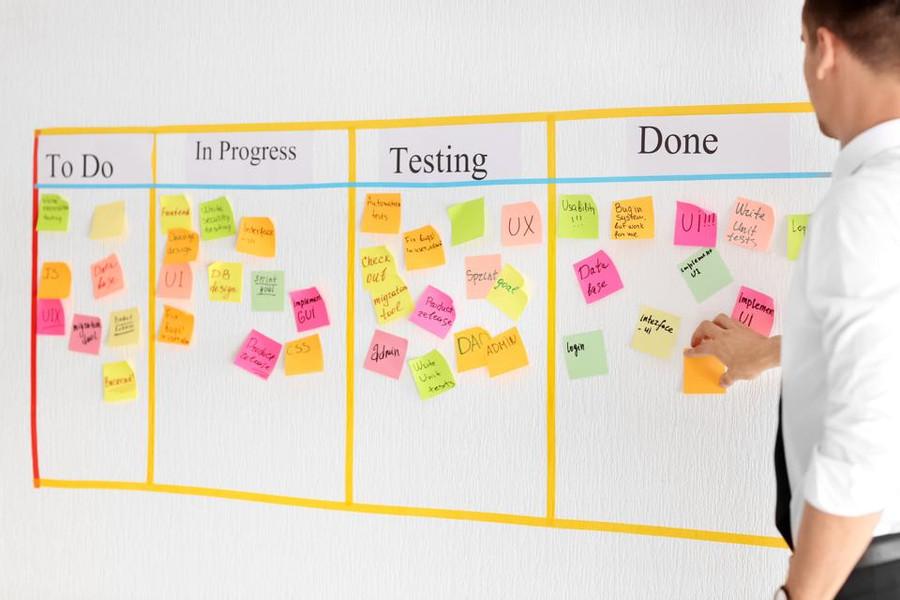"Personal kanban": a life-changing time-management system that explodes the myth of multitasking
Curated from: qz.com
Ideas, facts & insights covering these topics:
3 ideas
·8.66K reads
68
1
Explore the World's Best Ideas
Join today and uncover 100+ curated journeys from 50+ topics. Unlock access to our mobile app with extensive features.
The Personal Kanban
It's a system to save us from our endless to-do lists, which can turn any job into a lifeless chore.
It works on two principles:
- Visualize your work.
- Limit your total number of "works in progress."
248
3.14K reads
Setting Up
- Create three columns on a board where you can use magnets or post-it notes. Label the columns: Options, Doing, and Done.
- Write your individual tasks down on separate cards. Post all of these cards in the "Options" column.
- From that column, choose no more than three to move into the middle "Doing" column. This is your work in progress.
- When a task is complete, move it into the "Done" column, and choose a new option to pull into "Doing."
349
2.62K reads
The Zeigarnik effect
Starting but not completing too many projects puts people at risk of the Zeigarnik effect, which states that people are better at remembering unfinished tasks than completed ones.
249
2.9K reads
IDEAS CURATED BY
Angel 's ideas are part of this journey:
Learn more about timemanagement with this collection
How to set achievable goals
How to create and stick to a schedule
How to break down large projects into smaller manageable tasks
Related collections
Similar ideas
8 ideas
7 Cognitive Biases That Make Us Suck at Time Management
blog.doist.com
7 ideas
7 Expert-Approved Ways to Write a Better To-Do List
mentalfloss.com
Read & Learn
20x Faster
without
deepstash
with
deepstash
with
deepstash
Personalized microlearning
—
100+ Learning Journeys
—
Access to 200,000+ ideas
—
Access to the mobile app
—
Unlimited idea saving
—
—
Unlimited history
—
—
Unlimited listening to ideas
—
—
Downloading & offline access
—
—
Supercharge your mind with one idea per day
Enter your email and spend 1 minute every day to learn something new.
I agree to receive email updates

